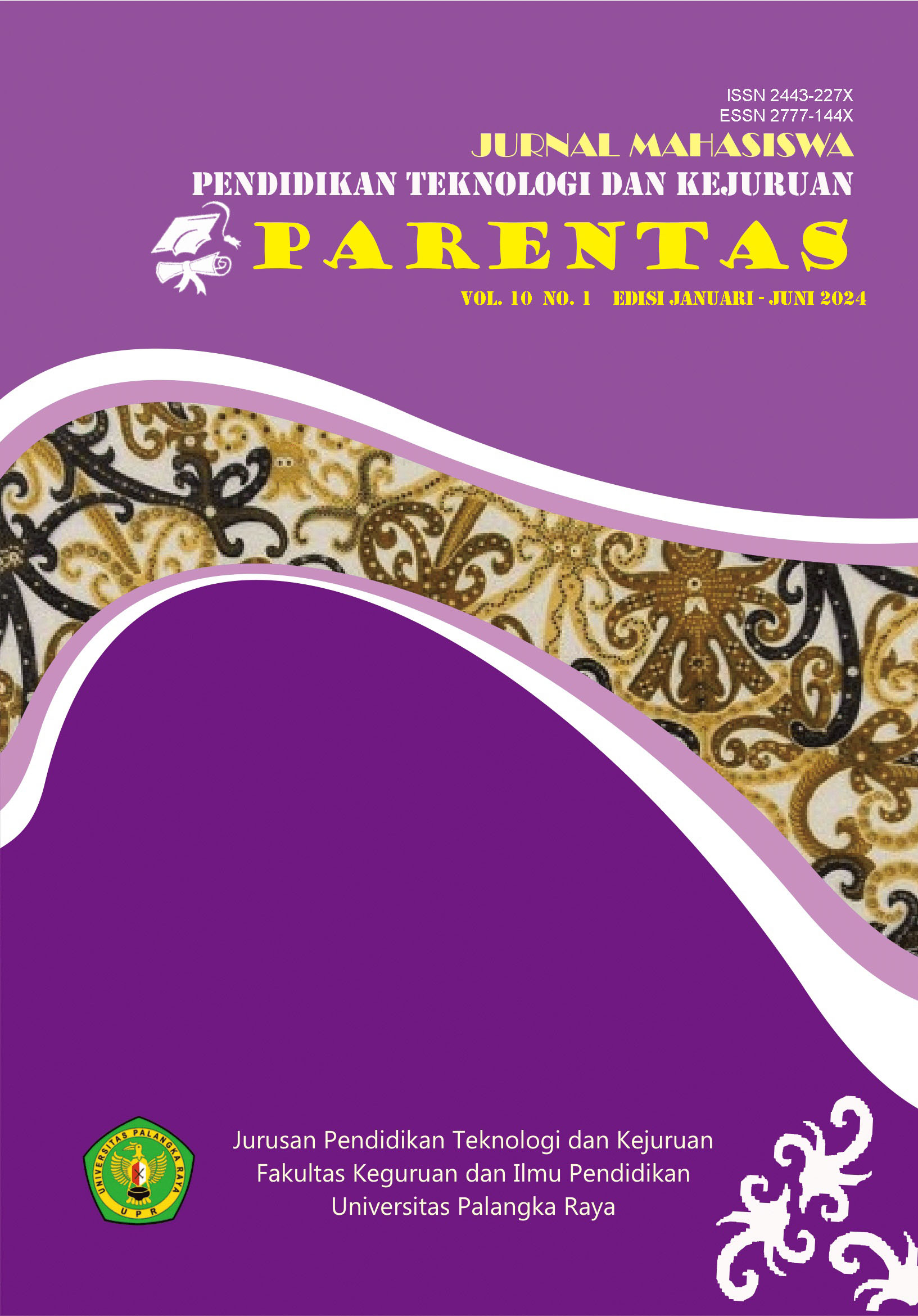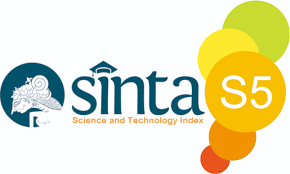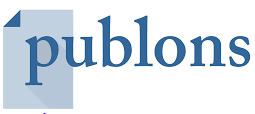UTILIZATION OF CAR PARKING ULTRASONIC SENSORS AS HYBRID TECHNOLOGY FOR MONITORING PEAT WATER LEVEL BASED ON INTERNET OF THINGS (IoT) AND DATA LOGGER WITH FIREBASE WEB
DOI:
https://doi.org/10.37304/parentas.v10i1.14553Keywords:
Hybrid technology, Monitoring, Peat water level.Abstract
Peatland water level monitoring systems have been developed to facilitate water level readings. Currently, car parking sensors are rarely used for this purpose. The tool used in this research is a hybrid technology of iot-based car parking sensors and data loggers. Water level (TMA) data is analyzed using a data logger and Firebase web. The data logger records data which is then integrated on the Firebase web to facilitate remote monitoring. Data (TMA) is sent every hour, so in one day the tool will send data 24 times. The status that can be seen from the Firebase web dashboard includes water level (TMA), water condition indicators (safe, caution, danger), last data update status, tool placement map, and a collection of data history. This research uses a pre-experiment method this tool requires a current of 200 mAh, a 10 watt peak solar panel, and a 12.5 ampere hour battery to turn on constantly. The utilization of ultrasonic sensor with esp 32 microcontroller is effective in recording Real-Time water level data. Iot plays an important role because it allows monitoring (TMA) from anywhere with internet availability. The maximum water level reading data occurred on November 31, 2023 at 40 cm from the peat soil surface and is comparable to the rainfall data on November 29, 2023 at 2.2 mm / day (Light Rain). The minimum water level reading occurred on December 16, 2023 at -5 cm (flooding) from the peat soil surface and was proportional to the rainfall data on December 16, 2023 of 53 mm/day (Heavy Rain). So it can be concluded that the minimum and maximum water level distance data fall into the safe category for peatland water levels that are between 0-40 cm (PP No. 57 of 2016).
Downloads
Downloads
Published
Issue
Section
License
Copyright (c) 2024 PARENTAS: Jurnal Mahasiswa Pendidikan Teknologi dan Kejuruan

This work is licensed under a Creative Commons Attribution-NonCommercial 4.0 International License.


















